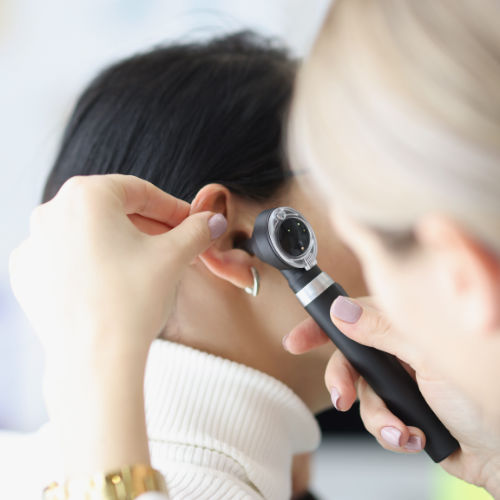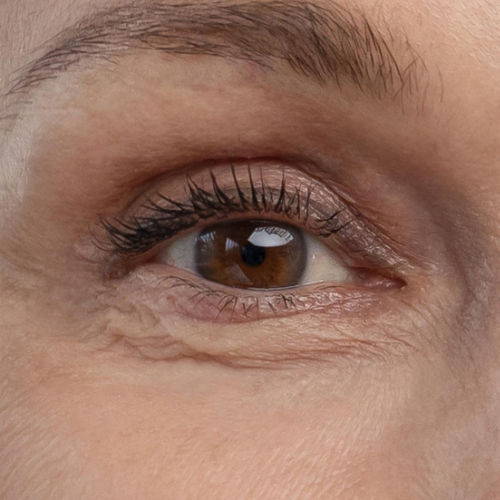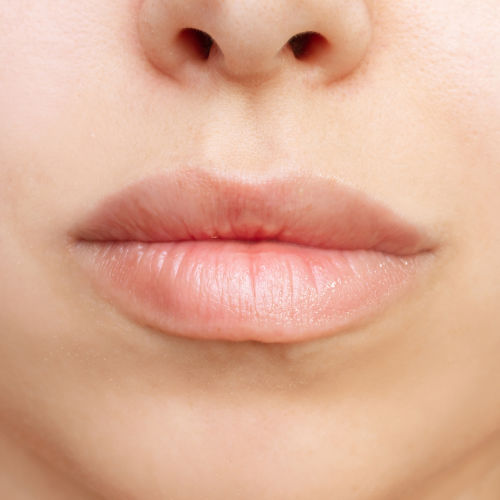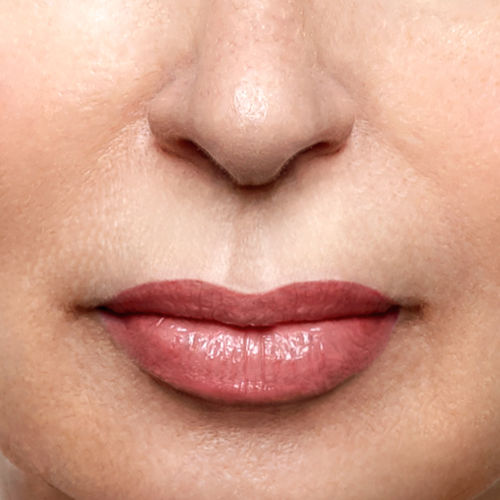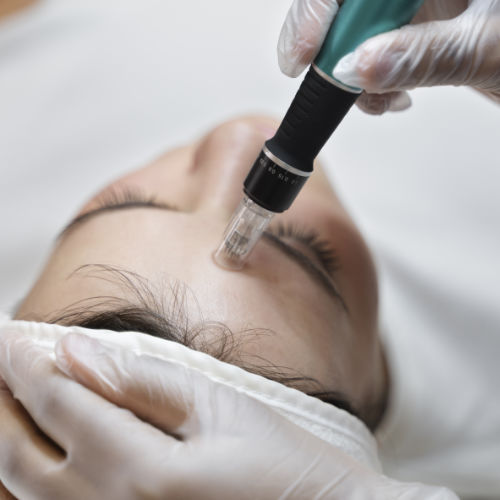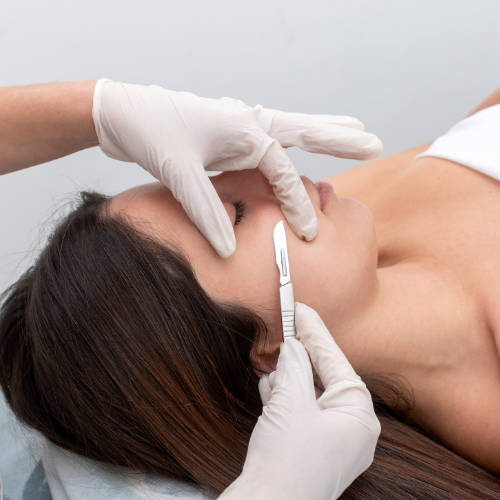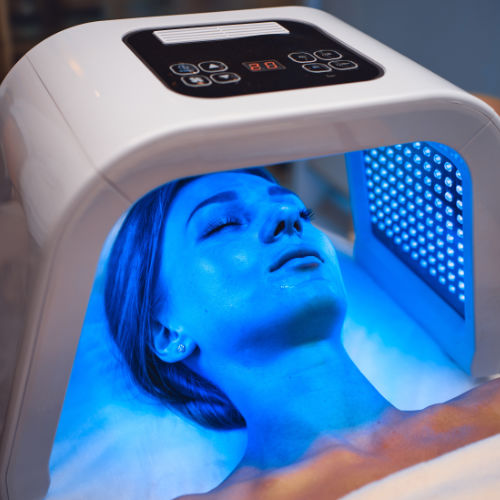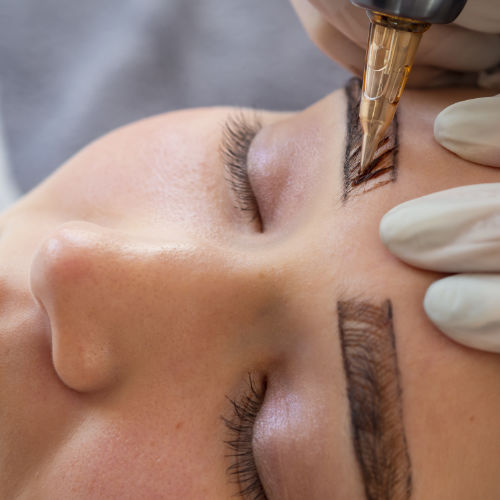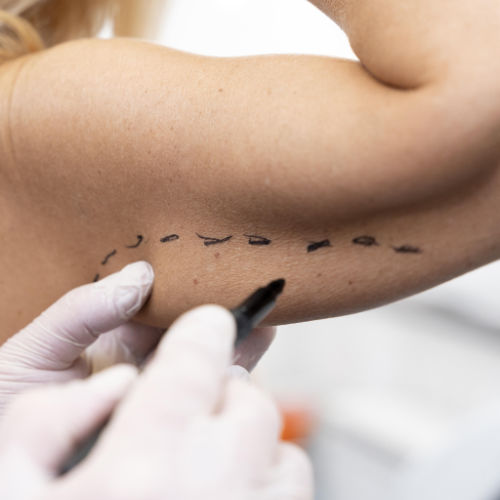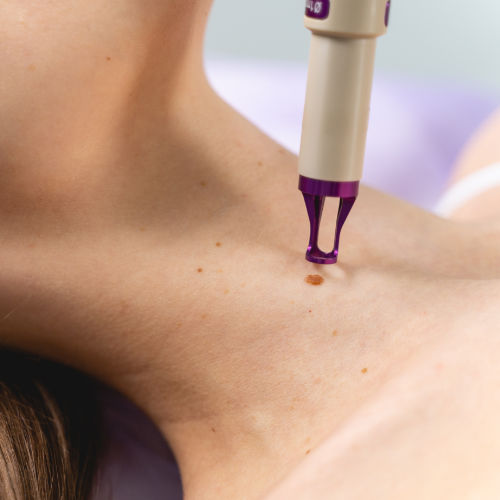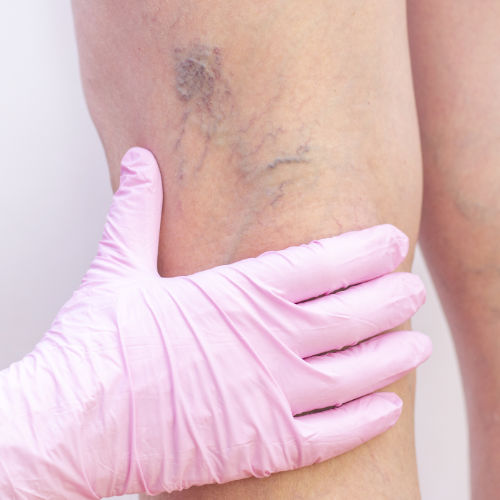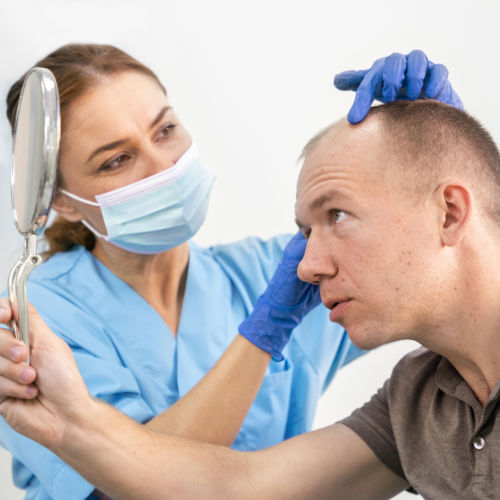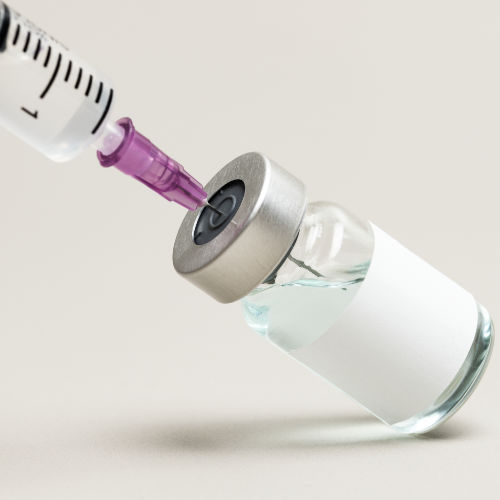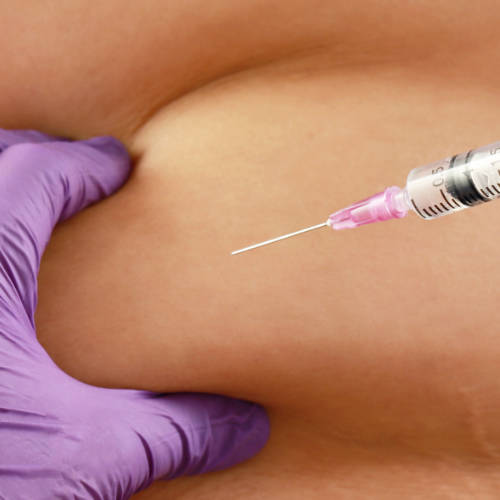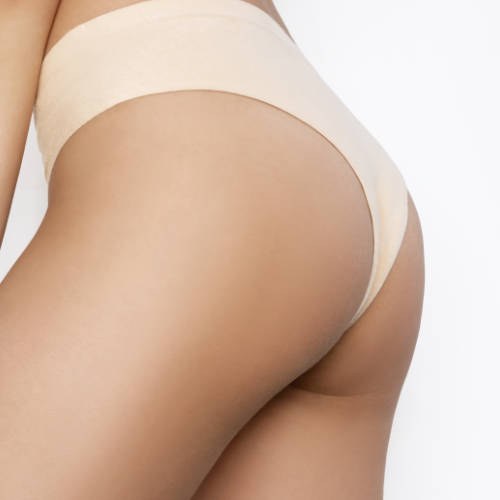Ear Microsuction
Earwax, also known as cerumen, is a natural substance produced by the glands in your ear canal. It helps keep your ears lubricated and protects them from dust, dirt, and foreign particles
However, sometimes earwax can build up and cause symptoms or discomfort.
Common symptoms of excessive or impacted earwax include:
Earache: A feeling of fullness or pain in the ear is a common symptom when earwax accumulates and blocks the ear canal.
Reduced hearing: Excessive earwax can block the ear canal, leading to reduced hearing or a sensation of muffled sounds.
Tinnitus: Some people with impacted earwax may experience ringing, buzzing, or other noises in the affected ear.
Vertigo or dizziness: In rare cases, earwax blockages can affect the balance system in the inner ear, leading to dizziness or vertigo.
Itching: Earwax buildup can sometimes cause itching in the ear canal.
Coughing: In some instances, stimulation of the ear canal by earwax may trigger a cough reflex.
Ear microsuction is a procedure used to remove excess earwax (cerumen) and debris from the ear canal using a specialised tool called a microsuction machine. This method is considered safe and effective for cleaning the ear canal.
IT IS ADVISABLE TO INSTIL OLIVE OIL DROPS AT LEAST 5 DAYS PRIOR THE PROCEDURE
If we find anything unfamiliar in your ears, we can refer your case directly to an Ear, Nose and Throat (ENT) advice panel – within 5 days of your appointment – at no extra cost to you.
How does it work?
Examination: Before performing ear microsuction, we will examine your ears using an otoscope. This helps to assess the amount of earwax present and the condition of your ear canal.
Microsuction: During the microsuction procedure, a small, handheld device connected to a suction machine is used. The tip of the device is inserted into the ear canal, and gentle suction is applied to remove the earwax and debris. The procedure is performed under direct visualisation.
Monitoring: Throughout the procedure, we will monitor the ear canal to ensure that all the wax and debris are successfully removed.
Completion: Once the ear canal is clear, the procedure is complete, and you may notice an immediate improvement in your hearing if it was previously affected by the earwax blockage.
How long does it last?
The frequency at which you need to repeat ear microsuction procedure can vary depending on several factors, including the individual's earwax production, the condition of their ear canals, and any underlying medical issues.
Ultimately, the decision of when to repeat ear microsuction should be based on your individual needs and the advice from a medical professional.
Preventative Measures:
To reduce the need for frequent ear cleaning, you can take some preventive measures, such as using earwax drops to soften earwax, avoiding the use of cotton buds, and protecting your ears from excessive moisture.
Are there any side effects?
Post procedure some patient may experience:
Mild dizziness or Vertigo: Microsuction can sometimes stimulate the inner ear, leading to dizziness or a temporary feeling of imbalance. This effect is usually short-lived and resolves quickly.
Tinnitus: Tinnitus is the perception of ringing or buzzing in the ear. Microsuction may temporarily exacerbate tinnitus in some individuals, but this usually subsides after the procedure.
Bleeding: Microsuction can cause minor trauma to the delicate skin when the wax adhere to the skin leading to minor bleeding. This is usually minimal and stops on its own.
Ear Canal Irritation: After the procedure, some people may experience temporary irritation, itching, or redness in the ear canal. This usually resolves on its own.
Earwax Impaction: In some cases, microsuction may not completely remove all earwax or debris, where you may ask to attend a second appointment at no extra cost.
Post procedure advice.
If you experience severe pain, bleeding, worsening hearing loss, or signs of infection (e.g., fever or discharge), please seek immediate medical attention


